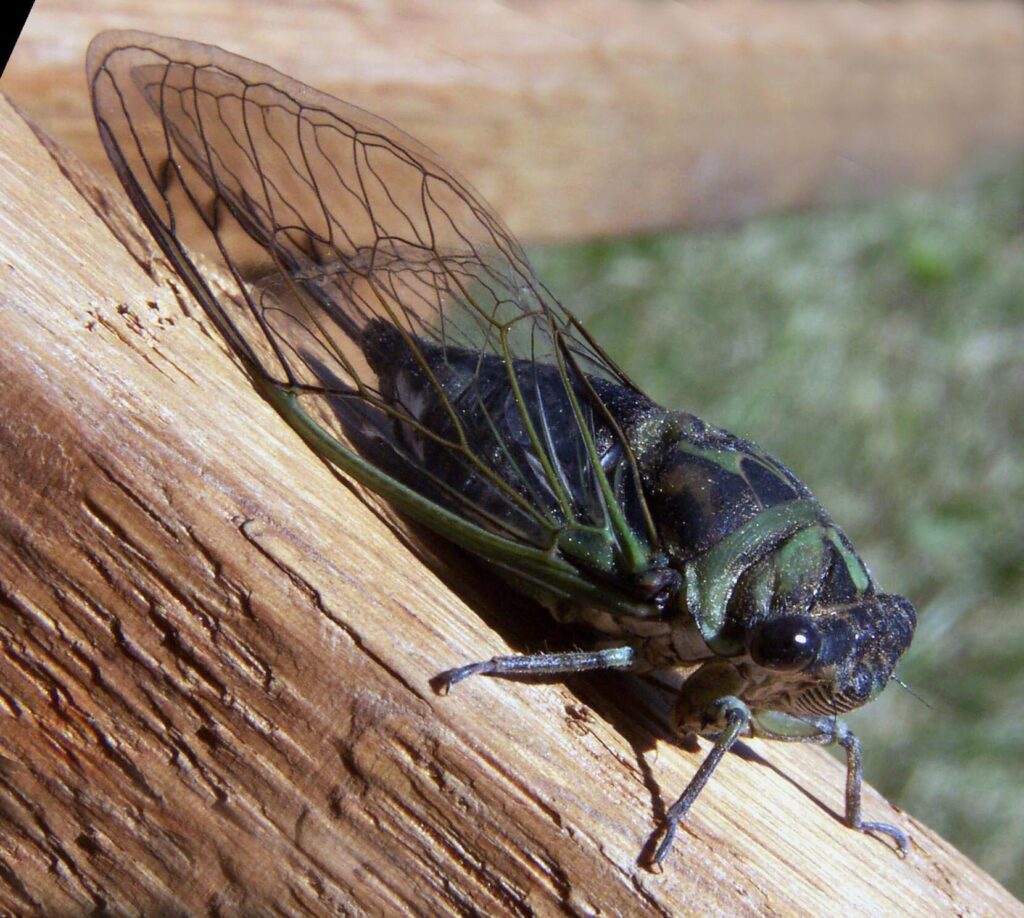Title: Unraveling the Secrets of Cicadas: A Deep Dive with WTVG’s Moment of Science
As summer descends upon us, the familiar chorus of cicadas emerges, filling the air with their distinctive calls and marking the onset of warmer days. This season, WTVG’s Moment of Science takes a closer look at these fascinating insects, exploring their unique life cycles, behavior, and ecological significance. With their remarkable ability to synchronize their life stages and their occasional dramatic population surges, cicadas are more than just a summertime sound—they’re a subject of scientific intrigue. Join us as we delve into the world of cicadas, unraveling the mysteries of their behavior and their role in the ecosystem, while also addressing the crucial questions surrounding their longevity and survival in a changing climate.
Cicadas Unveiled: Understanding Their Life Cycle and Ecological Role
Cicadas, often heard rather than seen, have a fascinating life cycle that includes both intriguing behaviors and significant ecological roles. These insects are best known for their unique periodic life cycles, with some species emerging every 13 or 17 years. They spend most of their lives underground, where they live as nymphs, feeding on tree root sap. When the time is right, usually triggered by temperature and soil conditions, they emerge en masse, synchronize their mating calls, and create a natural spectacle that captivates many. This remarkable emergence isn’t just a fascinating phenomenon for nature enthusiasts; it plays a crucial role in the ecosystem by allowing the cicadas to aerate the soil and provide nutrients as they die off in droves after mating.
Furthermore, cicadas serve as prey for various animals, forming an essential component of the food web. Their energetic and noisy courtship rituals attract predators, including birds, mammals, and reptiles. The presence of cicadas can influence local biodiversity and population dynamics, creating a ripple effect throughout their habitats. Here are some key components of their ecological impact:
- Soil Aeration: Nymphs’ activity contributes to soil health.
- Nutrient Cycling: Decomposed cicadas enrich the soil.
- Predator Support: A rich food source for numerous species.
| Life Cycle Stage | Duration | Key Characteristics |
|---|---|---|
| Nymph | 1-17 years (depending on species) | Underground; feeds on sap |
| Adult | 4-6 weeks | Emerges, mates, and dies |
Impact of Cicadas on Local Ecosystems and Agriculture
The emergence of cicadas can have both positive and negative effects on local ecosystems and agricultural practices. On one hand, the sheer volume of cicadas contributes to nutrient cycling as their decomposing bodies enrich the soil, adding essential organic matter that promotes healthy plant growth. Furthermore, their presence serves as a food source for various predators, including birds and small mammals, thereby supporting the broader food web. This dynamic bolstering of ecological interactions can enhance biodiversity, which is essential for resilient ecosystems.
However, the impact on agriculture can be more complicated. In some instances, cicadas lay their eggs in the branches of young trees, which can lead to significant damage and stunted growth if not managed properly. Farmers may need to implement protective measures to mitigate the effects of cicada infestations. Consider the following strategies to safeguard crops:
- Monitoring populations: Regular checks can help assess potential damage.
- Using nets: Physical barriers can protect trees and young plants during cicada emergence.
- Soil management: Boosting soil health may help plants better withstand cicada impacts.
Expert Tips for Coping with Cicada Swarms This Season
As cicada season arrives, the buzz of these insects can create both fascination and annoyance. To effectively manage their presence, consider implementing a few simple strategies. First, create a barrier around your home by sealing gaps in windows and doors to prevent cicadas from entering. Additionally, clear away any debris or thick foliage near your property, as these areas can serve as breeding grounds. When doing outdoor activities, especially during peak emergence, ensure to cover food and drinks, protecting them from unwanted guests.
Listening to the unique sounds of cicadas is part of their charm, but understanding their life cycle can help you cope better. Remember that not all cicadas are harmful, and many play a crucial role in the ecosystem. To better appreciate their presence, you might want to educate children and neighbors about cicadas by organizing fun and informative gatherings. You could provide handouts featuring interesting cicada facts and tips for coexistence, including:
- Understanding their lifecycle: Learn about the difference between annual and periodic cicadas.
- Encouraging wildlife: Create habitats for birds and other predators that feed on cicadas.
- Timing is key: Plan outdoor events for after the cicada swarm peaks to minimize their impact.
The Way Forward
As we conclude our exploration of cicadas through the lens of the “Moment of Science” segment on WTVG, it’s clear that these intriguing insects offer more than just a seasonal symphony. Their life cycles, unique behaviors, and remarkable adaptations present a captivating perspective on nature’s resilience and complexity. From their underground dwellings to the emergent choruses that herald summertime, cicadas serve as a vivid reminder of the intricate connections within our ecosystems. Tune in to WTVG for more enlightening insights into the natural world, and remember that each moment in science reveals the wonders that surround us. Whether it’s through sound, life cycles, or their remarkable survival strategies, cicadas continue to inspire curiosity and appreciation for the science of life.
